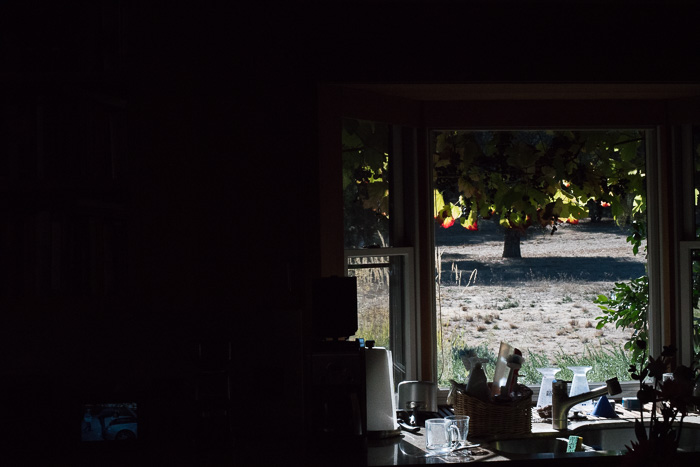There was some interest on DPR on what difference various amounts of dynamic range made in a picture. This post is an effort to provide some examples. In order to see the effects of dynamic range, you need a high dynamic range scene. If you’re shooting a subject with low dynamic range, almost any modern… [Read More]
Archives for October 2015
MTF testing of 70-200mm lenses
Imatest, the company who makes the software that I use to measure the modulation transfer function (MTF) of camera/lens combinations, expects you to fill the frame with one of their test charts, carefully align the camera so that the lens axis in perpendicular to the chart plane (or, equivalently, so the chart and sensor planes… [Read More]
Sony 70-200/4 on an a7RII, Nikon 70-20/2.8 on a D810
Last week, I posted some images that compared the performance of the Nikon 70-200 f/2.8 GII ED to the Sony 70-200 f/4 G OSS FE when both were mounted to a Sony a7RII. Part of the controversy related to whether eyeballing images was a useful way to compare lenses when MTF curves were available. Well,… [Read More]
a7Rii, D810 flash synch revisited
Yesterday, I made two posts aimed at discerning whether EFCS affected the maximum flash synch speed in the Sony a7RII and the Nikon D810. The answer was that EFCS made no difference, but there was an anomaly revealed in the testing: neither camera appeared to synch perfectly at its maximum specified synch speed. I figured… [Read More]
D810 EFCS and flash synch
Earlier today, I posted the results of a test of the maximum synch speed of the Sony a7RII with both EFCS on and EFCS off. It appeared that the camera’s true synch speed was 1/200 second in both modes. That got me wondering. Would the D810, with a specified synch speed of 1/320 second, fare… [Read More]




